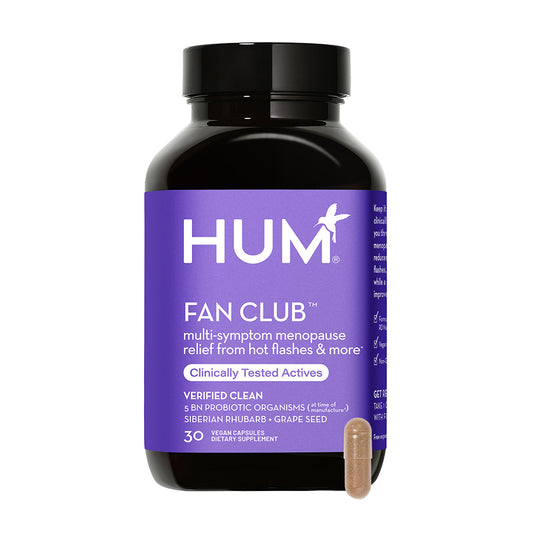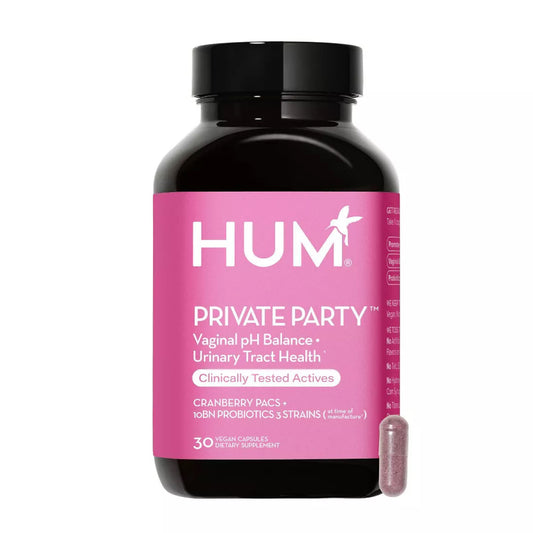It’s a widely-held assumption — when menopause starts, our sex life ends. It’s easy to understand why so many of us would think that. After all, we’ve heard story after uncomfortable story about vaginal dryness, joint pain, and lost sex drive from all of those close friends who came before us. But that doesn’t mean our sex life is doomed.
Really.
It just means we need to try to adapt. And by adapt, we mean try out new sexual positions that can make having sex a whole lot more comfortable — and a whole lot more fun.
So, where to start? Actually — with a good lubricant that can help reduce friction and make having sex more comfortable and enjoyable. Once you’ve got that, you can start trying and adjusting some of the positions we’ve listed here to find what feels good to you — and your partner.
Some positions for vaginal comfort
As estrogen decreases with age, so does the lining of our vagina. As a result, the drier, more delicate tissue is more susceptible to injury and tearing that can even include bleeding during sex or any penetration of the vagina. But believe it or not, the answer isn’t to have less sex, but more, as regular sexual activity can increase blood flow and help keep the walls of the vagina moist and thick. The key is finding ways to keep sex pleasurable rather than painful. Here are a few to consider:
Consider oral sex
One great way to maximize pleasure while minimizing pain is to avoid penetration altogether. Oral sex is not only gentle, but when it comes to achieving orgasm, it’s also effective. Remember that penetration is always optional, and sex can look however you and your partner want it to.
Outercourse
Focus on external stimulation and sensation building through touch and connection all over the body. Sexual pleasure can be derived from various forms of sensual touch between partners. Outercourse broadens how we experience sex and pleasure and avoids barriers to intercourse.
Play with foreplay
One of the main reasons that sex can be painful during menopause is vaginal dryness. The changes in hormones lead to a decreased ability for your body to produce enough of its own lubrication to avoid friction that can be painful. Although we all have personal preferences (make sure you communicate yours to your partner!), the female body has a great variety of erogenous zones — areas of the body where you feel sexually aroused when they’re touched.
By spending more time touching these areas of the body, it helps you feel good and connect with your partner. This can help get your mind in the mood to have sex and the addition of your favorite lubricant can help your body also feel more comfortable.
Be creative
There is not one position that's best for reducing pain from vaginal dryness. Find positions where one or both of you can have better control over the amount of penetration. You might find yourselves lying side by side, spooning, sitting, or standing. Use pillows to help support each other’s angles and prop up different body parts. Depending on the day, some positions will feel better than others. Have fun, take your time, and be patient with each other as you find what works best for both of you.
If you continue to experience pain or vaginal dryness, your next stop should be a chat with your doctor or a telehealth provider to discuss if there are additional measures you can take for relief. If having sex continues to be painful, there are other ways to create intimacy between you and your partner. Kissing, caressing, gentle touch, oral sex, and using sex aids (dildo, vibrator, etc.) can all be ways to share that time with your partner without penetration and pain.

Some positions for joint pain
When it comes to menopause symptoms that get in the way of sexual pleasure, vaginal pain is an obvious one. Less obvious, but still quite capable of ruining the moment, is joint or back pain. The fact is, more than half of those going through menopause experience joint pain, which can take the pleasure out of certain movements. So, what’s the solution? Find new positions that help keep extra weight and stress off sensitive joints. Just how you might adjust your exercise routine to accommodate your sore joints, you can do the same for adapting sexual positions.
Take a stand
This position helps take some of the pressure off — literally. Start standing up facing the wall, then use your hands and forearms to brace yourself while your partner is behind you. You could also lean against a couch, bed, or other stable object — whatever helps takes tension away from sore joints. Not only does this position create less stress on the pelvic area and shoulders, but it also allows for additional support if necessary. This can be especially helpful for people with lower limb pain, especially the hips.
Side-by-side
This can be helpful for people with back and hip pain. You can both lie on your sides facing each other. The partner with less pain can do most of the hip movement. Another version of this is to lie down on your sides, with your partner behind you (aka, spooning).
Face down
In this position, you’ll begin by laying down on your stomach, which can provide a good amount of relief for those experiencing hip, hand, or knee pain. Then your partner will enter from behind. Ready for an even more intense orgasm? Try squeezing your legs together. Depending on where your pain lies, you can also try putting pillows under your hips or propping your elbows/forearms on some pillows.
Make yourself comfortable
In addition, you can consider experimenting with different settings or different timings to help maximize comfort. Consider more comfortable settings or adding pillows to make it more comfortable. Or a time of day when your pain may be less — like after a warm bath, taking some pain medication or other types of pain relief.
More ways to boost your sexual health
In addition to trying out more comfortable sexual positions, there are some other things you can consider to help improve your sexual health during perimenopause and postmenopause:
- Stay active to help boost energy levels, improve your body image, and enhance your mood.
- Avoid smoking as it can reduce blood flow to the vagina, making arousal more difficult.
- Take time for foreplay as it can help increase moisture, make having sex more comfortable, and protect your vaginal tissues.
- Strengthen your pelvic floor with pelvic floor exercises, like Kegels, an exercise where you tighten and release your pelvic floor muscles. Pelvic floor exercises can help increase blood flow to the vagina and strengthen the muscles that are involved in orgasm.
- Self-pleasure primes your body for sex and improves the mind-body connection to help boost mood and pleasure.
It’s understandably easy to feel frustrated when menopause symptoms interfere with intimacy. But by making small efforts to make sex more comfortable, you just might discover a whole new exciting chapter in your sex life.






